The launch of Canon’s RF 100-300mm f/2.8 L IS lens has triggered lens lust in many photographers. Weighing just a fraction more than the previous EF 300mm f/2.8 prime lens and eliminating the need for a 70-200mm f/2.8, this might be the Holy Grail of telephoto zooms for a certain group of photographers. For others, it might be a $10,000 mistake. In this post, I want to discuss some thoughts on this lens and also reveal why, after some deliberation, I decided not to buy it.
Table of Contents
Canon RF 100-300mm f/2.8 L IS Specifications
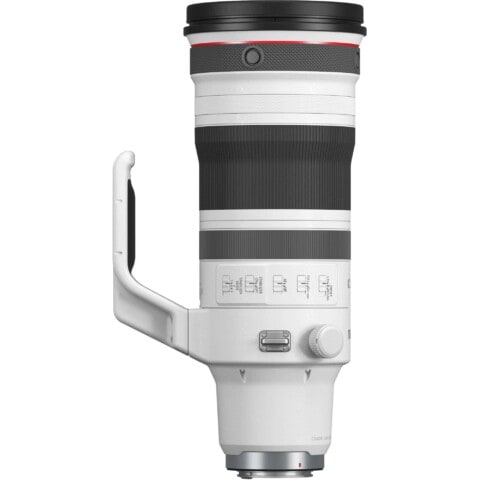


| Specification | Value |
|---|---|
| Maximum Aperture | f/2.8 |
| Minimum Aperture | f/22 |
| Angle of View | 24° to 8° 15′ |
| Minimum Focus Distance (MFD) | 5.9′ / 1.8 m |
| Maximum Magnification (MM) | 0.06 to 0.16x |
| Optical Design | 23 Elements in 18 Groups |
| Filter Size | 112 mm (Front) |
| Dimensions (diameter x length) | 5 x 12.7″ / 128 x 323.4 mm |
| Weight | 5.7 lb / 2590 g |
Who Is This Lens For?
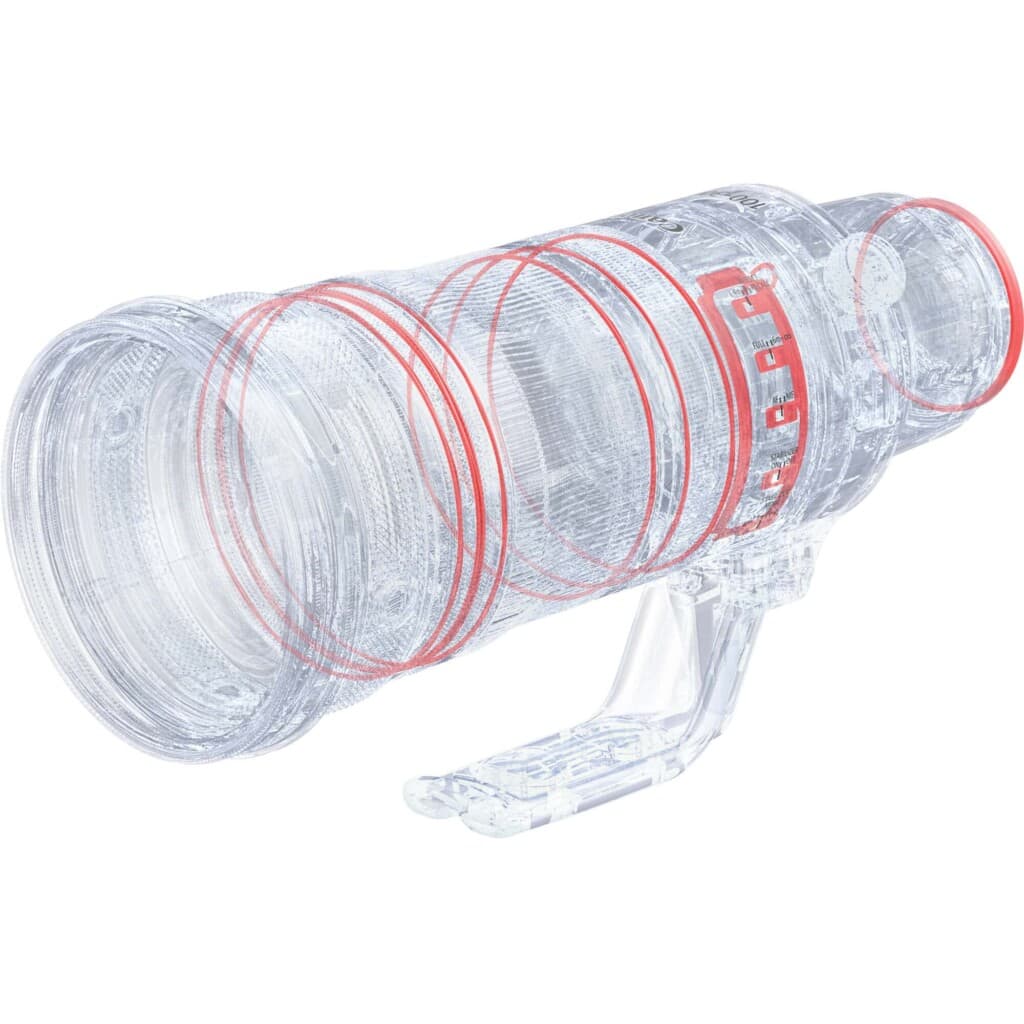
The RF 100-300mm lens will be popular with indoor professional sports photographers needing a fast aperture in low-light arena settings. Compared to a 300mm prime lens, the new zoom design will allow more options when play suddenly approaches the sidelines. From a sporting perspective, I also expect many of these to show up on the sidelines of NFL games and soccer matches, as well as stadium athletics, where they will be used in place of the traditional 70-200mm f/2.8 lens on a second body, alongside a 400mm f/2.8 or 600mm f/4. The 100-300mm focal range is not enough to use as a primary lens for those sports if it’s your bread-and-butter subject, but the added range over a 70-200mm will be welcome.
This lens will also be popular for photojournalists covering breaking news, red-carpet events, and indoor fashion. All of these require some portability and flexibility, and low-light capabilities. With the 1.4x and 2x extenders, photojournalists covering an unpredictable, wide range of local subjects will also have a great lens for occasional sporting events. Thinking (way) back to my own days covering more photojournalistic topics, a 24-70mm f/2.8 and a 100-300mm f/2.8 would have been a dream combination. I probably could have tackled 95% of my work with those two lenses.
Canon RF 100-300mm f/2.8 for Wildlife Photography?
Historically, 300mm f/2.8 lenses have been popular with amateur wildlife photographers that can’t justify the expense of a 400mm, 500mm, or 600mm lens. Combined with extenders, a 300mm f/2.8 gives you 420mm f/4 and 560mm f/5.6 focal lengths. For those using a camera with an APS-C sensor like the Canon R7, the 1.4x extender, combined with the sensor’s 1.6x crop factor, gives you a field-of-view equivalent to a 672mm f/4.
In the days of DSLR EF Mount lenses, a 300mm f/2.8 lens would cost around $6000 new, with good-quality used options often appearing for $3000-4000. When a 600mm f/4 cost $14-16K, you can immediately see the appeal of the 300mm f/2.8 lens for that market. Is the new RF 100-300mm lens still a good option for those people?


When this lens was announced, I saw people clamoring for wildlife image test results using the RF 1.4x and 2x extender. Some people are interested in this combination, but it got me wondering whether this is a smart choice. Instead of the $6000 that used to get you an EF 300mm f/2.8, you’re now on the hook for $9499, plus another $1100 for both RF extenders or even more for the new variable extender. $10,600 is an awful lot of money to pay for getting to 560mm f/5.6 when there is a 200-600mm f/5.6-6.3 zoom from Sony for just $2000 or even an 800mm f/6.3 prime lens from Nikon for just $6500. I own both those lenses. They are fantastic and perfectly capable of professional work for a fraction of the price.
If we were talking about a 560mm f/5.6 prime lens or a 600mm f/5.6 prime lens for something in the region of $10,000, I might change my tune. But remember, to get to 560mm, you must use the RF 2x extender. Extender quality has improved, but they still don’t perform magic. The RF 2x extender lowers the image quality and AF speed. You’re essentially paying a high price for a lens primarily used with a handicap. The 100-300mm native, no-teleconverter focal range will rarely be enough for wildlife photography, and for bird photographers, even 560mm will often fall short on a full-frame body. Then what? Are you going to stack extenders and further degrade sharpness and autofocus performance?
This doesn’t seem like a good-value way to reach a near-600mm focal length anymore. That one-third extra stop of light is costing you a small fortune in a world where the pace of AI-powered noise reduction software development enables us to push high-ISO values further every few months. And let’s not forget the brilliant Canon RF 100-500mm f/4.5-7.1. Yes, it’s a little slower on the long end of the zoom at f/7.1, but I think the portability makes up for this shortcoming. And with the $7700 savings, you can go on a fantastic photo trip.

In summary, I don’t think the RF 100-300mm f/2.8 lens is good for wildlife photography if it is your only lens for that job. Unless, of course, money is no object for you. But if that’s the case, why not just get a 400mm f/2.8 or a 600mm f/4?
So far, these comments have been aimed squarely at those that want to reach a near-600mm focal length and don’t have any other lenses to get there. But what about those already having an RF 600mm or even an RF 800mm lens? A 300mm prime lens is popular on a second camera body next to a 600mm or 800mm lens for a wider shot of an animal within its landscape. Without a 300mm lens in the Canon RF lens range, most Canon users were opting for either the RF 70-200mm f/2.8 or RF 100-500mm lens to fill that gap. Theoretically, the RF 100-300mm f/2.8 is the perfect lens for this job, aside from one thing that I’ll discuss in the next section.
Why I Won’t Be Buying It
First, I’d like to point out that I am not saying you shouldn’t buy this lens. If one of the previously outlined usage cases rings true, go ahead. This is undoubtedly an optically stunning lens that will create beautiful images when used correctly. So why don’t I want it? It isn’t the price that bothers me. Considering Nikon’s old F Mount 120-300mm f/2.8 lens is the same price as the new Canon RF 100-300mm f/2.8, I don’t see any problem with the $9499 price point. Fast super-telephoto lenses will always cost a lot of money, and when they’re also zoom lenses, you can expect to pay an added premium. I used to own the Canon EF 200-400mm f/4 with the built-in extender, so I’m no stranger to Canon super-tele zooms and their prices.
The reason I’m not interested in buying this lens is the size. Compared to a 300mm f/2.8 prime lens, this new RF 100-300mm f/2.8 lens is just big enough to cause me problems when packing my bag for travel. My photographic work these days involves a lot of wildlife photography. Inevitably, this means I travel with a large super-telephoto lens like a 600mm or 800mm. A 300mm f/2.8 is a fantastic partner to either of those lenses when you want to create wider wildlife shots, but the size of the new RF 100-300mm lens makes it difficult to pack into my usual carry-on, the Gura Gear Kiboko. Technically, it would fit alongside a 600mm f/4. However, there would be no room left for a pair of cameras and other items I consider essential to pack in a carry-on.
Had Canon launched an RF 300mm f/2.8 prime that was similarly sized to the old EF 300mm f/2.8 lens (a lens I used to own) and a little lighter, I would have almost certainly placed an order. Aside from fitting better in a bag alongside a 600mm f/4 lens, I also loved that the EF 300mm f/2.8 prime lens would fit horizontally in the bottom of most outdoor photography backpacks.
What About the New Canon Variable Teleconverter?
Canon plans to launch a new type of teleconverter at the end of 2023, allowing you to vary the magnification between 1x, 1.4x, and 2x. Patents for this thing have been floating around for a couple of years. When attached to the Canon RF 100-300 f/2.8 L IS, it gives you a range of 100-600mm, with an aperture that varies between f/2.8 and f/5.6. While I applaud Canon for developing such an ingenious accessory, it only adds to this lens’s in-use length and overall weight. Given these are two of my main complaints about the lens, it doesn’t change my mind.
From a technical standpoint, it also remains to be seen how the 1x magnification setting is handled. You cannot simply add something between the lens and the camera body and not include any optics in the 1x setting. If you did that, it would be like an extension tube and prevent the lens from focussing to infinity. Consequentially, some optical elements must be at play, even at the 1x teleconverter setting. This might cause light loss, so it’s possible the final aperture range would be reduced to f/3.2-5.6.
Additionally, I’m not yet convinced about putting optics into the lens semi-permanently. Many people will put this variable teleconverter on the lens and leave it there, even when often using the lens at the 1x setting. It seems a shame to spend over $10k on a lens and then fit a gadget that will surely degrade image quality (albeit to a small degree).
Should Sony and Nikon Copy Canon’s 100-300mm Lens?
Update: I got hold of a set of photos that exclusively revealed all the details about Sony’s new 300mm f/2.8 GM lens. They are published here. As I predicted, the photos show that Sony has created a lightweight prime lens with no built-in teleconverter.
Since Canon unveiled the RF 100-300mm lens, I have seen a few people commenting that Sony and Nikon will need to copy Canon. With equal amounts of amusement and frustration, I also noted that the people saying these things would never buy any of these lenses. Isn’t the internet a great place? One prominent landscape photographer declared Canon has an unassailable lead in the super-telephoto lens market. Yet here I am, a Sony, Canon, and Nikon user that could buy any super-telephoto lens I wanted, and all I hear amongst my fellow wildlife shooters is praise for Sony and Nikon super-telephoto lenses and nonplussed looks when talking about Canon. Be careful who you listen to.
Sony’s current super-telephoto lenses are the lightest and sharpest on the market. They work exceptionally well with extenders. Nikon’s new 400mm f/2.8 and 600mm f/4 lenses have built-in extenders that have most long-lens shooters drooling. They also have the unique and outrageously well-priced Z 800mm f/6.3 and the Z 400mm f/4.5 that blows me away every time I use it. Meanwhile, until the RF 100-300mm launch, Canon has simply been rehashing old EF lenses and building an EF to RF adapter into them. Amongst those that actually buy and use super-telephoto lenses, there’s no question Canon has had the weakest lineup in this area.
I’m digressing, and that nearly turned into a rant… let’s get back on track. I don’t think Nikon and Sony need to copy Canon and produce a 100-300mm f/2.8 lens. I think many photographers, myself included, would be pleased with an exceptionally lightweight 300mm f/2.8 prime or a 300mm f/2.8 with a built-in 1.4x extender. Although there has been much praise for the Canon 100-300mm since its launch, if you dig deep into the corners of forums and blogs I follow, and talk to the people that will buy these lenses, more than a few have expressed the wish for one of those other options. Yes, there are uses for a 100-300mm f/2.8 lens that I have outlined already in this post. Equally, there are many reasons to wish for a prime or a prime with a built-in extender. Weight and size are the primary reasons, with faster access to 420mm f/4 being another.
That said, given that Nikon already has a 120-300mm lens in their F Mount catalog, I think we can expect them to follow suit and launch either a Z 100-300mm f/2.8 or a Z 120-300mm f/2.8. Like their latest 400mm and 600mm lenses, I wouldn’t be surprised to see it contain a built-in 1.4x extender. If I had to guess, I’d say that such a lens has been on Nikon’s internal roadmap for a long time.
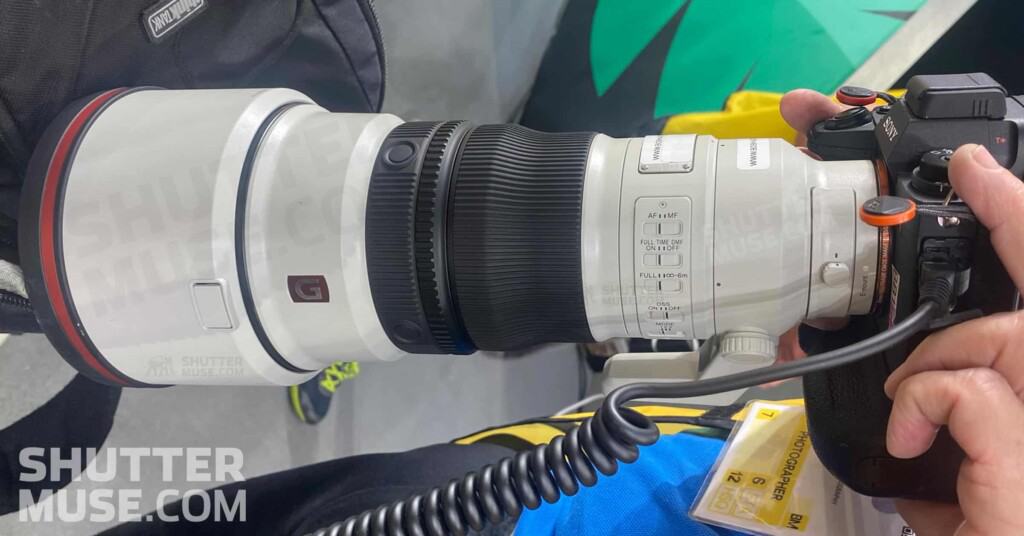
What about Sony? In a rather unusual move, Sony has already told us they are launching a 300mm f/2.8 lens in early 2024. We have no further details, but it’s clear that the announcement was made to appease sports and wildlife photographers who have long lamented that particular gap in the Sony lineup. Perhaps Sony knew Canon would launch a 100-300mm zoom this year, and perhaps they also know Nikon’s plans and want to get ahead of them. You can bet that these companies know more about each other’s plans than we mere mortals who (mostly) rely on often-sketchy rumor websites.
We don’t know whether Sony will launch a 300mm f/2.8 prime, some 300mm f/2.8 zoom, or a 300mm f/2.8 with a built-in 1.4x extender (Update: we do now). There’s even the outside chance of a 300mm f/2.8 prime with both a 1.4x and 2x extender built into it, given the way Sony underlined the usefulness of both those extenders on a 300mm f/2.8 in their development announcement. I think all of these options could be successful for Sony, but personally, I’d like to see the built-in extender variation or simply an ultralight prime.
In other words, I don’t think Nikon and Sony need to copy Canon. Given the relatively large size of the RF 100-300mm lens, I can see a big market for a lightweight 300mm prime or a prime with a built-in 1.4 extender, so long as the extender mechanism doesn’t add too much bulk and weight. I do think Nikon will give us a zoom, though, as they have a history of that in this focal range.
If I had to guess right now, I think Sony will choose a prime and lean heavily into the “lightest ever 300mm f/2.8” marketing. Almost every GMaster lens launched in the past few years has been the “lightest ever” – 400mm, 600mm, 24-70mm, 70-200mm, etc. Talk to any Sony shooter, and they will praise the low weight of their system, so this option makes the most sense to me. Honestly, it’s the one that also gets me the most excited. Since I shoot with all three systems, I could choose any of their 300mm lenses and almost certainly will choose one of them. A small-as-possible lightweight prime would be my first choice and the perfect second lens alongside a 600mm or 800mm.


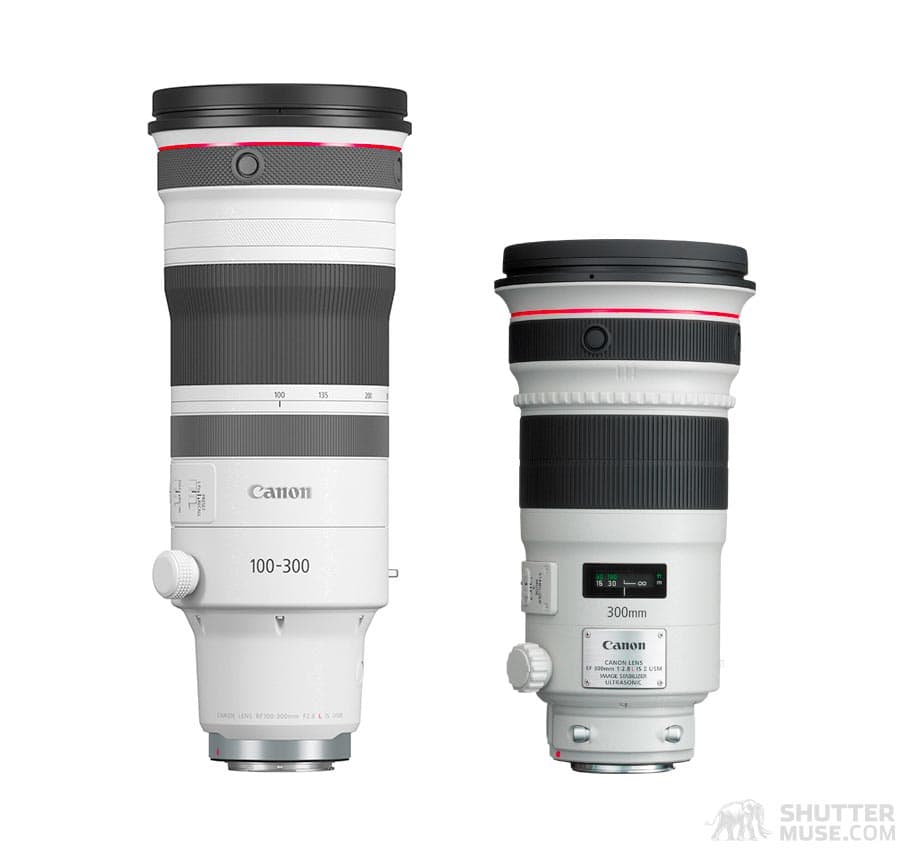
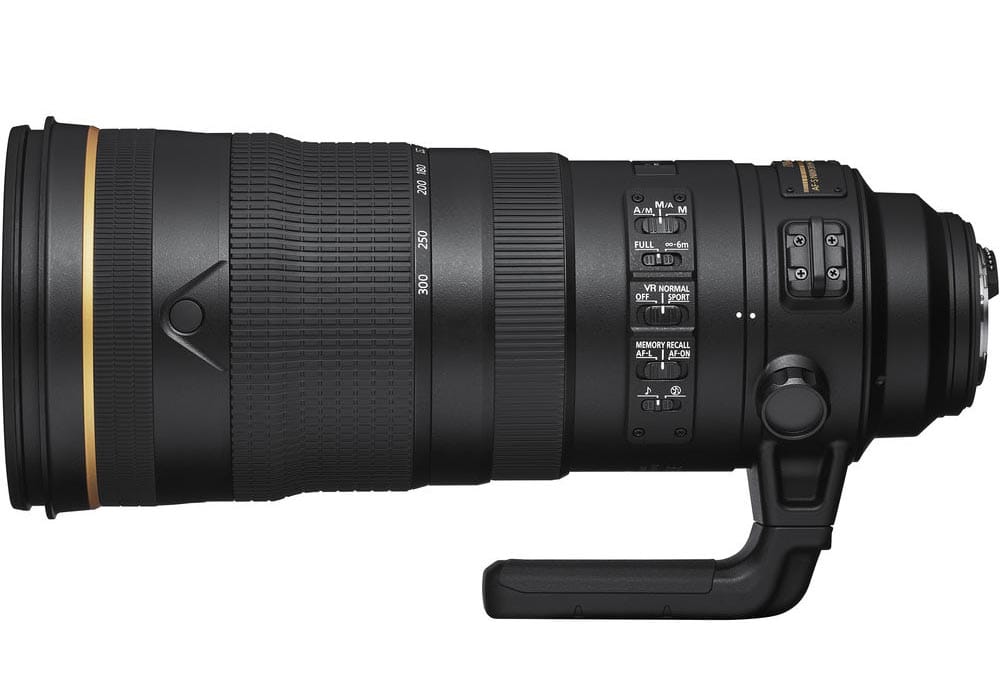
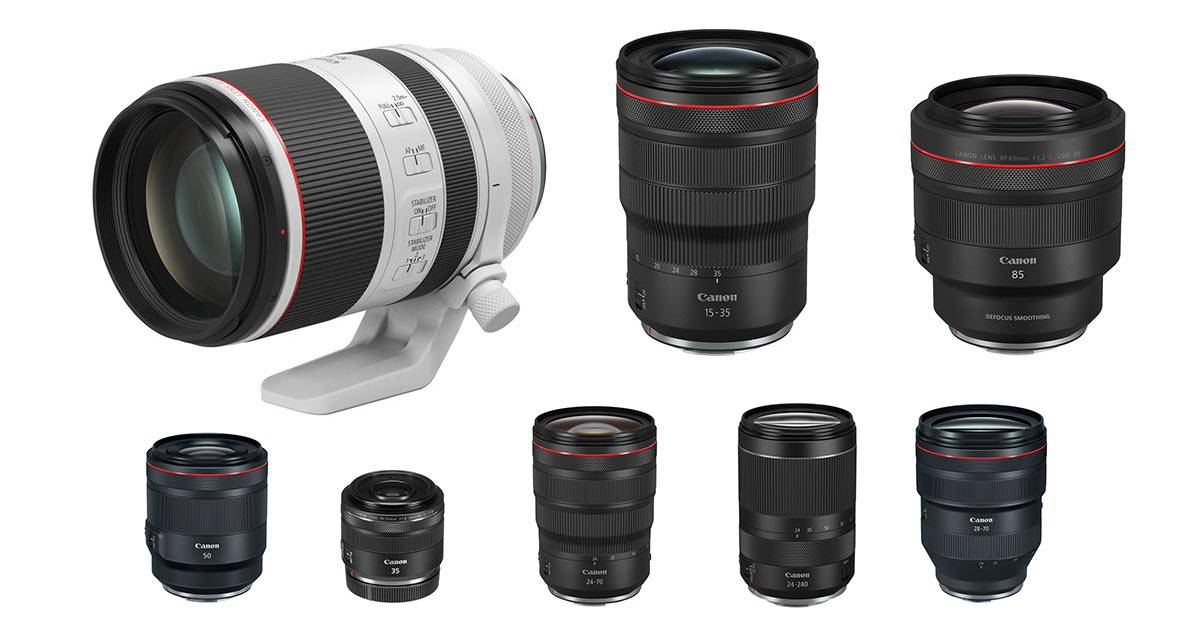
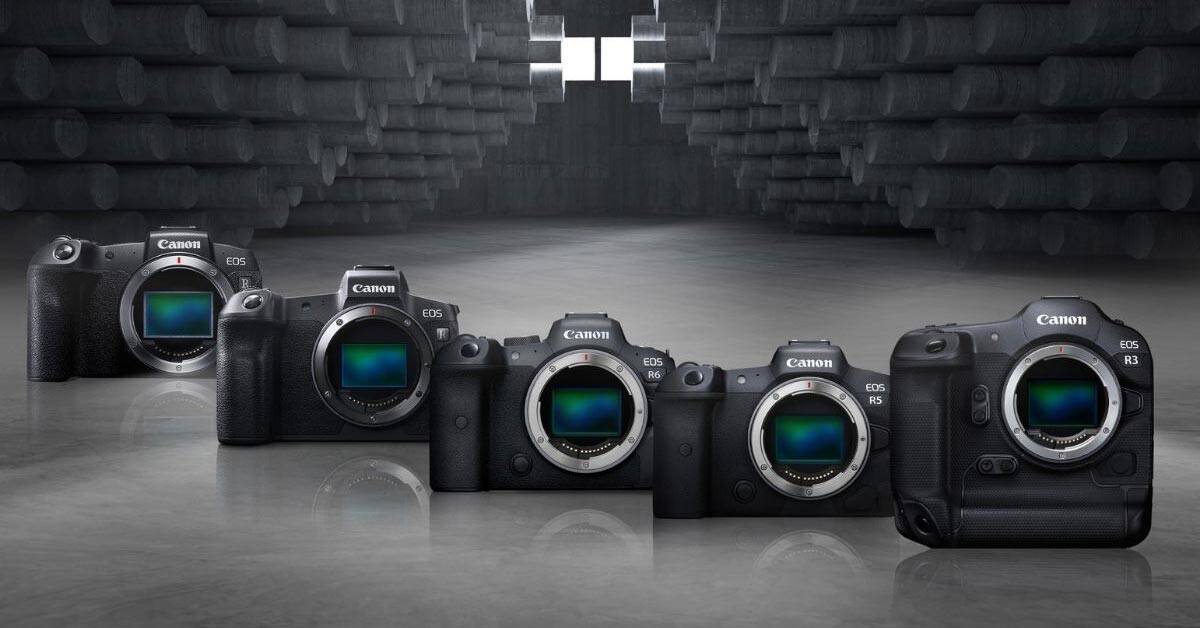
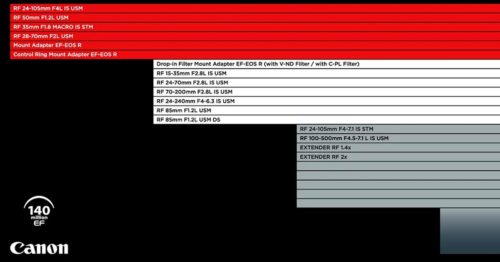
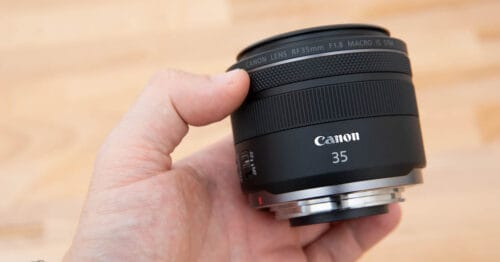
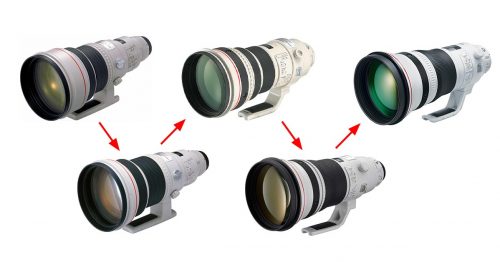



Thank you for this comprehensive review. Do you think a Sony 150-400 f4 zoom is on the cards?
Thank you also for your amazingly thorough and professional reviews. You are my go to source for gear and I have bought a lot on your advice. Also watched your inspiring video. Congratulations!
Thanks for the kind words, Flemming!
Like you, I have seen vague mentions of a 150-400mm f/4 from Sony over the past few years. I’m honestly not sure whether this is something we will see, but if we do see it, I think it would need to have a built-in TC.
There was a time when 200-400mm f/4 type lenses were popular, but now I sense that the market would prefer prime lenses with built-in teleconverters. A prime+TC option can be smaller and lighter than a big zoom.
If a 150-400mm happens, I don’t think it will happen soon. I think we are more likely to see a 500mm or 800mm prime after the 300mm arrives. Happy to be proven wrong, though!
Another factor might be the rumored Canon 200-500mm with built-in TC. Sony might feel they have to respond to that lens if it does come to light later this year.
Would you buy one if they made it?
Seems like there is more in the works:
“The most consistent bits of information that we have received suggest that the RF version of the 500mm will also be a zoom in the form of an RF 200-500mm f/4L IS USM 1.4x. With the TC engaged, you’ll get a 280-700mm f/5.6L IS USM.
Size and weight will be similar to the EF 500mm f/4L IS USM, which is about a pound lighter than the EF 200-400mm f/4L IS USM 1.4x.”
Of course, I expect the price to be comfortably higher than the latter as well.
Yes, this is interesting, isn’t it?! I used to own the EF 200-400 TC and enjoyed it. If they make a 200-500mm TC, I think I’d be interested, but I would not be surprised by a price of $14-16K. Would you buy one, Adam? What price is too high for such a lens?
IMO, the RF 100-300 is a generation defining lens. The fact that the extender is not built in is not a factor and one less internal part I need to worry about. Taking this indoor for EVERYTHING is the convenience and attraction. On the R5II and R1, this will be EPIC!!!
Awesome! I’m glad you are pleased with this lens. Certainly would have been THE lens for me at an earlier point in my career when I was focussed on different subjects. Can I ask what type of photography you do?
I notice praise for built in teleconverters with Nikon. What’s the difference between those lenses, which need optics to stay at 1x and Canon that says, Hey, here is a lens, if you want a teleconverter fine,it is a matched one no different than a built in one.
Built in or not glass is added for extending and Cannon allows you to NOT have that dreaded extra glass you complain about but Nikon forces you have it degrading the shots every time.
Good question. The difference is that the optics of those Nikon lenses are designed to focus on a point (the sensor) that is a certain distance from the last elements in the lens group. You have not had to move the optics forward to insert the teleconverter. In a typical lens that doesn’t have a built-in converter, when you add the converter, it does the job of “zooming in” and also ensuring the image is focused correctly in the correct location. It’s a hard thing to explain without a diagram, but does that make it a bit clearer? If you want to maintain the same fange of focus, you can’t just move a lens further away from the sensor without some sort of corrective optics. And with Canon’s new variable TC, that is what would be happening. The optics would be moved further away from the sensor. So, without some corrective optics, even at the 1.0x setting, you would lose the ability to focus at infinity, just as you do with any lens if add an extension tube.
I was very intrigued by this 100-300 f/2.8 lens until reading your thoughts on it gave me some pause, Dan.
“Is Canon shifting the holy trinity towards 300 mm?” was my first thought, particularly because I read a rumor that Canon also works on a 24-105 f/2.8 lens. Wouldn’t it be a dream come true tho cover a focal range of 15 to 300 with just three lenses and all of that at a decently fast aperture of f/2.8? Add the rumored variable extender and there you are with a 600 mm f/5.6 option.
However, I had similar thoughts as you point out above regarding performance degradation when used with extenders.
Remembering your quite positive review of the EF 400 f/4 DO II, I wonder why Canon never explored this path any further. I’d love to see an RF 600 f/5.6 DO with a built-in 1.4 extender.
Hi Urs.
I don’t think we will ever see the end of the 70-200mm f/2.8. That focal length is always one of the biggest sellers for any manufacturer, and they will never hope to sell as many 100-300mm lenses. So from that perspective, I don’t think we will see the end of the typical “holy trinity.” This will be a different version that would form a new “holy pair” if that 24-105 ever comes to light. I do also wonder about the lack of DO lenses. Nikon has proven this can be a useful lens design with their 800mm f/6.3 PF.